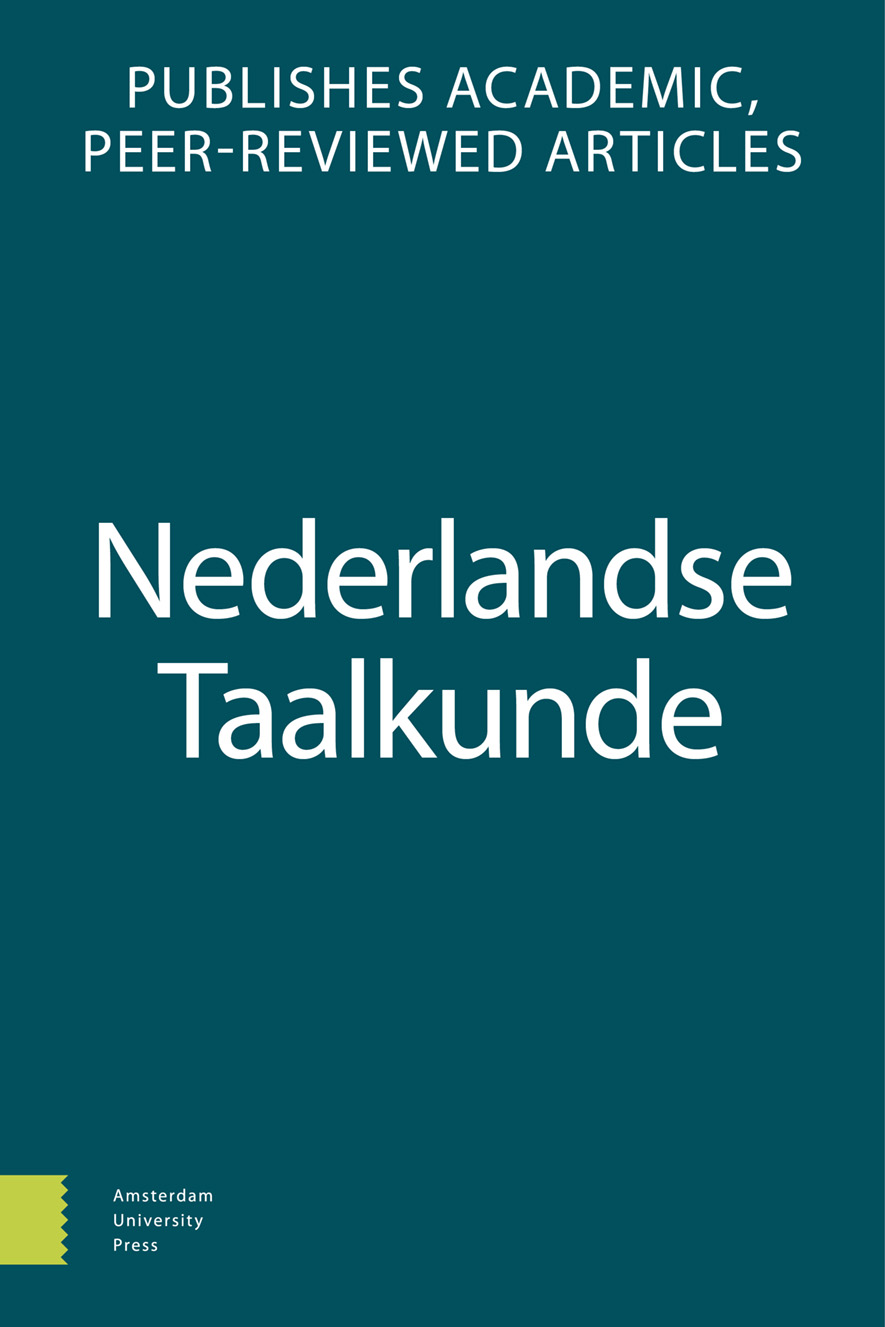-
oa De verwerving van woordklemtoon in perspectief
- Amsterdam University Press
- Source: Nederlandse Taalkunde, Volume 25, Issue 2-3, Oct 2020, p. 295 - 304
-
- 01 Oct 2020
Abstract
The acquisition of word stress in perspective
This paper reflects on the acquisition of Dutch word stress reported in Nederlandse Taalkunde 1 (1996), where I argued that children systematically build up a grammar for word stress that fits a parameter framework without assuming innate knowledge. In the past 25 years this work has been praised and criticized because (a) the theoretical framework changed to Optimality Theory, (b) the proposed stages did not always adequately fit the data, and (c) new evidence from infant speech perception suggested that children know the word stress system before they start speaking. To fully understand how children acquire word stress, the next 25 year requires researchers from various disciplines to join forces to study representations and perception-production processes in tandem, the mechanisms that cause learning, and the interaction of word stress with other linguistic subdomains.


